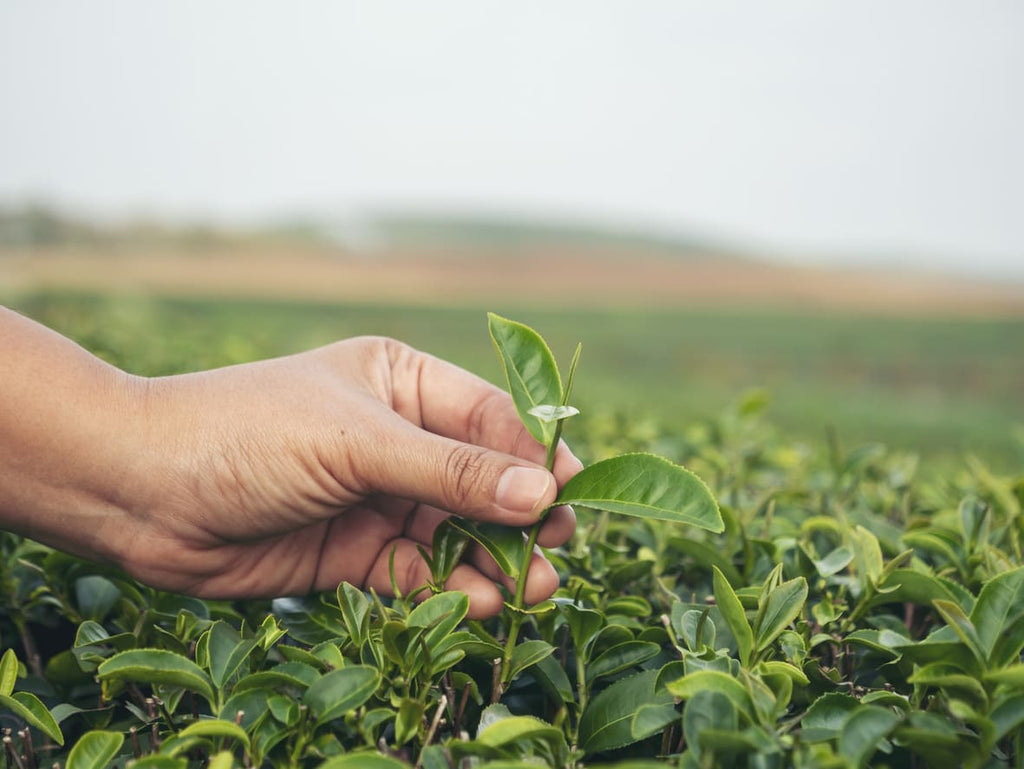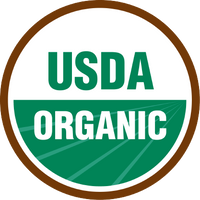Sustainable Tea Farming in Australia: Practices That Protect the Earth

Australia's role in tea farming has continued to grow in recent years, and their efforts to produce high-quality products, whilst also committing to sustainable methods, has been widely celebrated. In this piece, we will discuss sustainable tea farming techniques, and ways in which the consumer can also remain as ethical as possible whilst still enjoying their favourite beverage.
What Sustainable Tea Farming and Why is it Important?
Without ethical practices in place, farming, including tea farming, can have a huge impact on our environment. Deforestation, loss of wildlife habitats, soil degradation, water wastage and pollution are just a few of the negative repercussions that occur without proper thought or care. These factors all contribute to climate change, global warming and yields far poorer crops. By supporting sustainable tea farming, the impact on the environment is significantly reduced, and can even promote better prospects for future generations.
Sustainable Tea Farming Practices
Thankfully, there are now many ways in which tea farmers can reduce their environmental footprint, produce quality-eco-conscious products and support the future of tea farming. Here are the widely used methods in Australia:
- Water conservation
Water conservation is a vital component of sustainable tea farming, and many farmers choose to utilise irrigation systems to ensure water is used efficiently and not wasted. Effective water use includes delivering the correct amount of water without wastage, rainwater harvesting, monitoring soil moisture with specialised sensors, and mulching to reduce evaporation. These techniques are especially important in hotter climates where droughts are common.
- Organic cultivation
Australian tea farms are moving away from synthetic fertilisers and instead, prefer to use organic alternatives as they benefit both the crop and the environment. Natural options include sustainable compost, targeted insects and practise crop rotation to ensure that the soil is as natural as possible, supporting its fertility and preventing pests. This also benefits and enriches the tea plants, improving their overall taste and quality.
- Renewable energy
In order to cut down their carbon-dioxide production, ethically conscious farmers have installed renewable energy sources including solar panels and wind turbines or biomass.
- Carbon reduction
Many tea farmers are selecting eco-conscious choices in relation to their carbon emissions. Carbon sequestration refers to storing carbon-dioxide in vegetation such as soils or grasslands, to reduce the amount released into the atmosphere.
- Regenerative farming
Regenerative farming is about maintaining and improving soil health. This is an essential part of sustainable tea farming as it is beneficial for the environment but also yields much healthier crops. Techniques include crop rotation, minimal ploughing, composting and cover cropping, which helps to manage soil erosion and improves its overall quality.
- Fair trade practices
Sustainable tea farming doesn't just stop at the crops and the soil, but it also includes fair labour regulations. Workers' rights to fair pay, gender equality, safe and appropriate working conditions and community support. Without this in place, the future of tea production could be at risk.
- Waste management
Many farmers adopt zero waste initiatives to minimise their landfill contributions. Examples of these include repurposing tea waste for compost, animal feed or recycled into bioenergy.
- Eco-friendly packaging
Another method that has a huge impact on our environment is sustainable packaging. Australian companies are now choosing compostable tea bags and recyclable packaging.
The Many Variants of Tea
We now know what policies tea farmers have put in place to become more environmentally friendly, but have you ever thought about how sustainable your favourite tea is? There are of course many variations of tea coming from diverse tea plants, and each one has a different impact on our planet, depending on the way they are farmed, processed and packaged. Here's what we know:
- Black tea
Black tea requires more processing than other tea variants, such as oxidation and drying, which results in additional energy usage. However, it can be grown sustainably if it is grown organically, or regenerative farming methods are used. So, it's not terrible but not the most environmentally conscious.
- White tea
Alternatively, white tea requires very little processing, so uses far less energy to produce. Although, its growing conditions are more specific which could lead to intensive farming methods where the conditions are not as good.
- Green tea
Like white tea, green tea requires very little processing so minimal energy is used. Soil deprivation and deforestation can still occur for large scale farms if the above sustainable practises are not followed.
- Oolong tea
Oolong varies in its oxidation levels, so depending on which type you go for, its sustainability will differ.
- Herbal tea
Herbal tea is generally celebrated as the most eco-friendly tea type, due to its all-natural ingredients such as herbs, fruits and flowers. Over-harvesting can occur but if monitored correctly and especially if organically grown, herbal tea is the winner here.
Where did your favourite sit on our list? Has it made you consider trying a different variety?
Tea Bags vs Tea Leaves – Which is Better?
So, we've discussed what tea types are the most sustainable, but what about how they are presented? Let us give you some information regarding the differences in tea bags vs loose leaf tea:
- Tea bags
Tea bags are a popular choice for many, they are easy to purchase, store and are conveniently pre-portioned per person. Although the choice of strength is down to the individual and their chosen brewing time, tea bags vary in flavour, even with bags from the very same box. You know when you finish a box of your favourite tea, and see all the loose ‘dust' at the bottom? That's your tea slipping out of the bag, meaning that some of your tea bags are less strong than others, therefore varying the taste within each portion.
Tea bags are typically made from paper, but on some occasions, you may find silk or cloth tea bags. However, to not disintegrate when hot water is added, a number of plastics are included to strengthen the bag. It is also common for the bags to be bleached with chlorine. As well as taking a lot more materials and energy to create, these additional components mean that tea bags are not as compostable as you might think.
- Loose leaf tea
Loose leaf tea is typically the most sustainable choice, this is because the leaves are dried and packaged, meaning that far less processing, and therefore energy, is used to manufacture them. They are also considered better quality by many as they are made from whole leaves, meaning that their flavour is far richer and contains more infusions per serving. This is both a delicious and ethical way to drink tea as there is also far less wastage. Loose leaf tea is also easily compostable, and they return their nutrients back into the soil. Furthermore, their packaging is minimal and contains no plastics components which is difficult to break down.
Many people refrain from using loose leaf, however, as it requires more time, tools and concentration to make, not to mention that it is not as easily transportable. However, some small adjustments, and a couple of extra minutes for a premium cup of tea that's also kind to the planet, is well worth it in our opinion!
Our Sustainable Tea Drinking Checklist
Want to know what you can do to make your tea drinking ritual as sustainable as possible? Then check out our handy top tips below, that will make you feel at ease with every sip:
- Boil the kettle with the right amount of water
- Choose loose leaf tea where possible
- Buy Australian made tea
- Support local businesses
- Consider reusing discarded tea for composting or fertiliser
- Select a label that has recyclable packaging
- Opt for ethically conscious brands
- Or better yet, grow your own!
Sustainable Tea Farming is Here to Stay
Drinking tea is a well-loved tradition that has been practised for thousands of years, across multiple different cultures. It's clear that because of this, tea farming is not going away any time soon. Farming in general, if not thought about carefully, can cause a significant detriment in our environment, including soil degradation, deforestation, and water wastage, which all have a negative contribution towards climate change. It is, however, not all doom and gloom, as many Australian tea farms have switched to sustainable tea farming methods, including water conservation and organic cultivation to help reduce the impact on our planet. There are even practices that provide hope for the future of tea farming, including the use of renewable energy and regenerative farming techniques that look after our environment, whilst also improving soil conditions for future generations. We of course can't forget that our contributions are also important towards making a more sustainable future, as there are many practices we can adopt, such as buying local produce from ethically recognised brands. The future of tea drinking is certain, but what we need to continue working towards is now we can be kinder to our planet moving forward.
- Lucas Ruzicka







Comments 0